The carbon-fiber ferrule weighs just 9 3/4 ounces. photographs by the author
photographs by the author
Join The Conversation
We welcome your comments about this article. To include a photo with your remarks, click Choose File below the Comment box.
Comments (5)
Comments are closed.

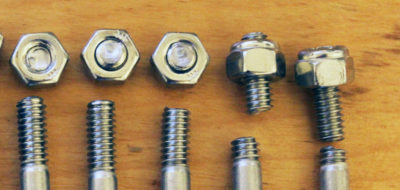
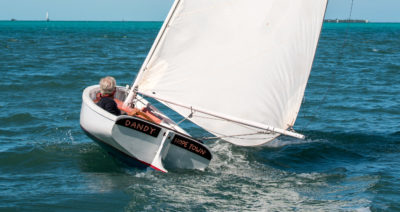

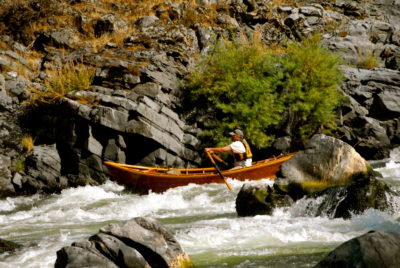
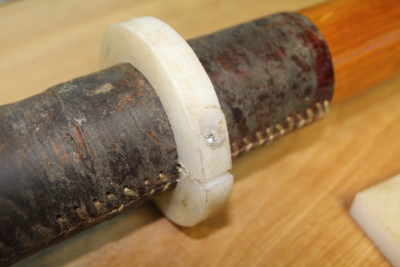
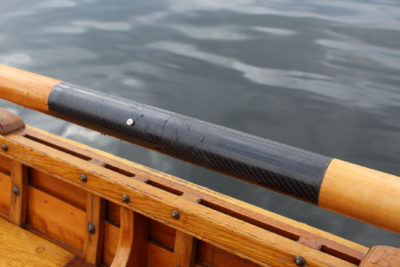
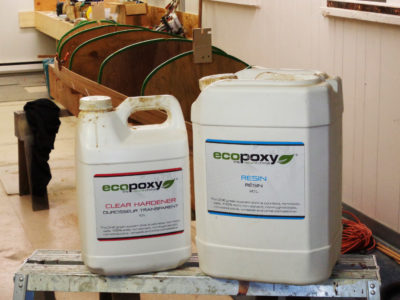
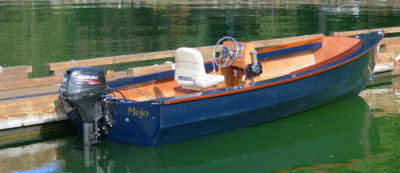
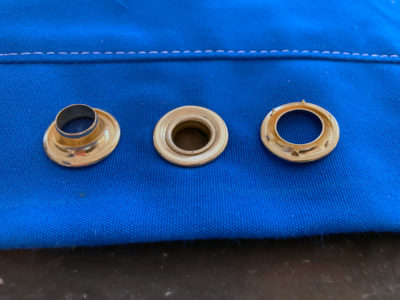
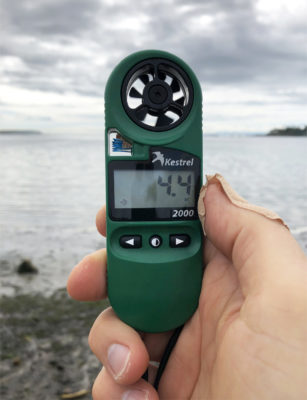
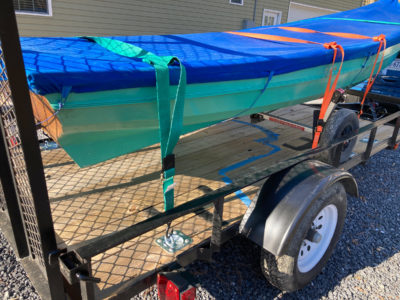
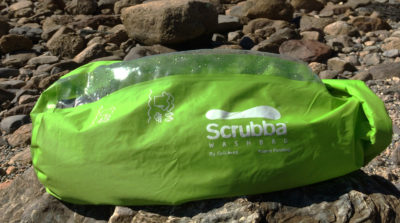
Got to say, my oars are never in the way. Neither are rigs when they are down. I follow the Norwegian way and use them as “bowsprits”. I have a convenient strap on RANTAN to hold everything in place and my skiff doesn’t need a thing with butts under the thwart and blades forward. The Delaware boat sharps thought about this and oars are tucked under the side decks, blades forward, handles behind the metal deck support stanchions and a bit of marlin to lash them in.
I also stow oars and spars as bowsprits, and over the stern as boomkins, but I do like having sectional oars that have a permanent place in the boat when it’s in the garage, on the road, or afloat.
I had to partially pare down the lower half of some hardwood doweling to fit the hollow center of some bird’s mouth oars to create oar handles for them much like Chris did to fit the ferrule. I pretty much used the same table-saw technique shown here to reduce the diameter of the portion to be inserted, but with a regular crosscut sled. The sled and the runners that track in the channels in the table kept everything square and I think I would feel safer with a sled than I would have using the jig shown here if i had to choose between the two, but we can’t see how its fastened down. With longer pieces like oars, I would think one would have to be extra careful about twisting the jig or the piece itself on the blade and creating a potential kickback.
I got a bit smarter on the second set of handles i did that way, i.e., I cut a 20″ piece of dowel, pared down the middle 8″ to roughly the diameter I wanted, then cut the piece in half to create the two 10″ handles I needed. That meant I could hold the piece securely in the sled on both sides of the blade and my both my hands were always well away from the blade compared when I started with a 10″ piece.
I also quickly cut a lot of parallel grooves around the dowel the second time around…. and then broke out most of the material between them with a chisel back at the bench versus dragging the piece back and forth across the table-saw blade and constantly adjusting the blade height.
I’m not sure what the safest way to use a table saw in this way is.
The 2×4 I used to cradle the oar sections was clamped to the wing of the table saw. That pressed-steel extension of the saw’s cast table was awkward to clamp to until I screwed a 2×6 to the bottom side to fill the space and provide a solid footing for clamps. I used two 6″ cast-iron C-clamps to hold the 2×4 in place and tightened them as hard as I could. I checked for play in the 2×4 before I raised the saw blade into it. I was confident that it wasn’t going to bind, but Mike is right, the arrangement could be risky if not set up rock solid.
I needed to remove only about 1/16″ of material, so sliding the soft spruce of the loom sideways across the carbide-toothed blade went quite smoothly. I’ve used the sideways approach to the saw blade for making crown molding and marimba keys and the technique is not something to rush. Taking a little bit of wood with each pass is the way to go. If you’re flexing the blade sideways you’re taking too much wood too fast. Push sticks can keep your hands at a safe distance, and don’t stand downrange of the blade. One of my marimba keys has a little groove on the bottom to remind me of how fast a piece of wood can fly off a table saw.
Great article for the state of Virginia where oar power is the only mode left for free use of your boat. If I put the electric outboard on, due to a law passed the same year I got the boat, it needs to be registered and hull numbers displayed. Until then electric power was encouraged and registration free.